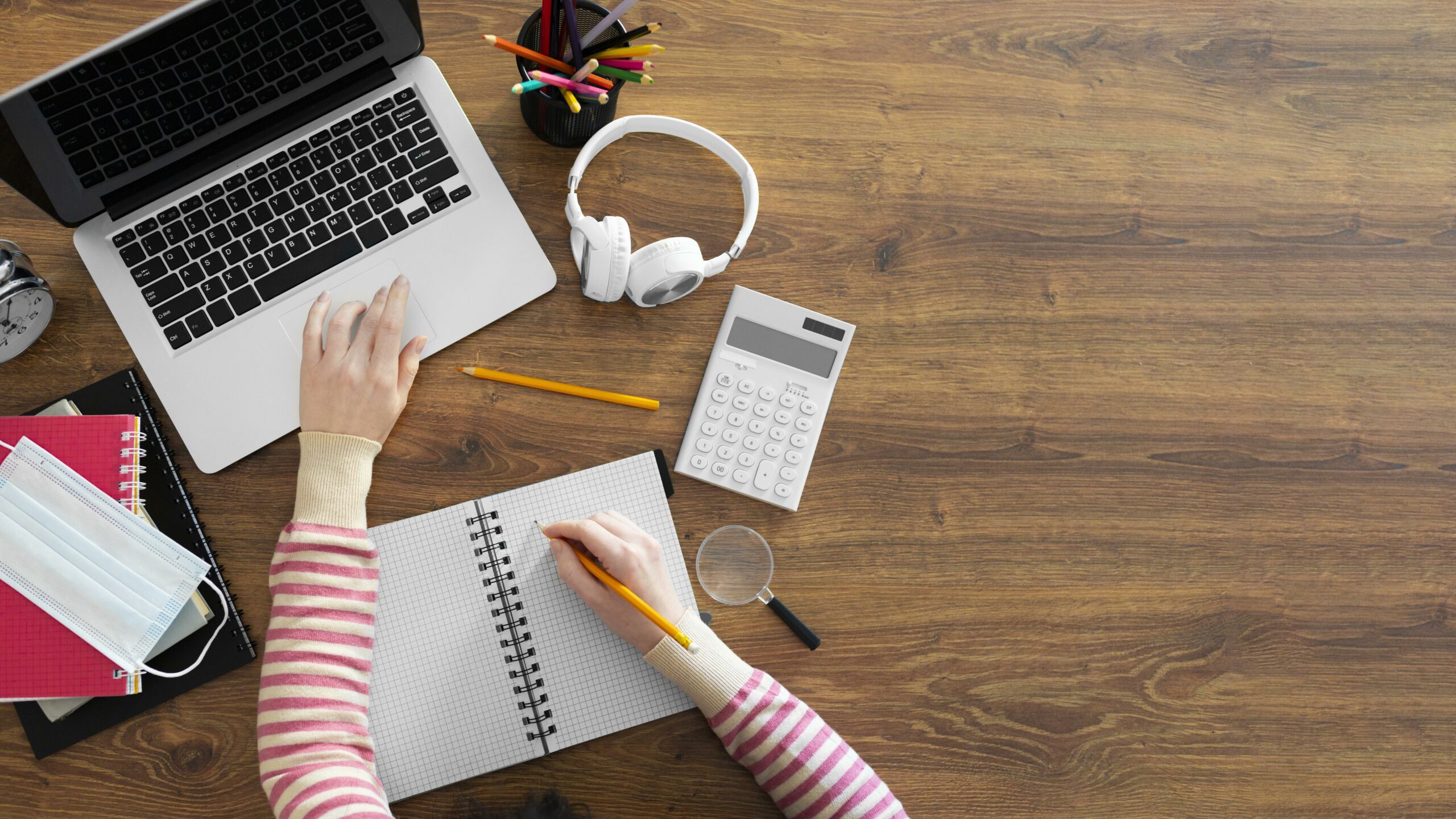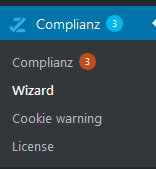
Plagiarism is a serious offense in the world of content creation. Not only can it damage your reputation, but it can also lead to legal issues. As such, it’s essential to take the necessary steps to prevent plagiarism while writing content. In this article, we’ll discuss what plagiarism is, its types, and its consequences. We’ll also provide some tips on how to avoid it.
Understanding Plagiarism
Plagiarism is the act of using someone else’s work without giving them credit. This can include copying and pasting entire articles or parts of them, paraphrasing someone else’s work without proper citation, and even reusing your own work without permission. In simple terms, plagiarism is stealing someone else’s intellectual property.
Types of Plagiarism
There are different types of plagiarism based on several factors. Some of the most popular plagiarism types are:
1. Direct Plagiarism
Direct plagiarism involves copying someone else’s work word for word without any changes or citations. It’s the most blatant form of plagiarism and is often the easiest to identify.
2. Self-Plagiarism
Self-plagiarism is the act of reusing your own work without proper citation. While it may seem harmless, it’s still considered plagiarism since you’re using someone else’s work without giving them credit.
3. Mosaic Plagiarism
Mosaic plagiarism is a bit more complicated than direct or self-plagiarism. It involves taking bits and pieces of someone else’s work and incorporating them into your own without proper citation. While you may have changed some of the words, the overall structure and idea of the work are still the same.
Consequences of Plagiarism
The consequences of plagiarism can be severe. It can damage your reputation, lead to legal issues, and even result in the loss of your job or academic standing. In some cases, plagiarism can even lead to criminal charges, especially if the work you’re plagiarizing is copyrighted.
How to Prevent Plagiarism
1. Start with Research
One of the best ways to prevent plagiarism is to start with thorough research. Make sure you understand the topic you’re writing about and collect as much information as possible. This will help you develop your own ideas and voice, reducing the chances of accidentally plagiarizing someone else’s work.
2. Use Plagiarism Checking Tools
Plagiarism checker can be a lifesaver when it comes to preventing plagiarism. It scans your content and compares it to millions of other articles and publications, highlighting any instances of similarity. This can help you catch accidental plagiarism before it’s too late.
3. Paraphrasing and Summarizing
Paraphrasing and summarizing are essential skills for content creators. Paraphrasing involves rewording someone else’s work in your own words while still retaining the original idea. Summarizing, on the other hand, involves condensing someone else’s work into a shorter form while still capturing the main points.
4. Cite Your Sources Correctly
Citing your sources correctly is crucial when it comes to preventing plagiarism. Make sure you understand the citation style required for your content and use it consistently throughout your work. Remember to include both in-text citations and a bibliography or reference page.
5. Keep Track of Your Sources
It’s essential to keep track of all the sources you use while researching and writing your content. This can help you avoid accidentally plagiarizing someone else’s work and ensure that you cite all your sources correctly. Use tools like reference managers to help you organize and keep track of your sources.
Tips to Avoid Plagiarism
Below are top tips which help you to avoid plagiarism in your content.
1. Develop Your Own Voice
Developing your own voice is key to avoiding plagiarism. Take the time to understand your writing style and work on developing it further. This will help you create content that is uniquely yours and reduce the chances of accidentally plagiarizing someone else’s work.
2. Use Your Own Ideas
One of the best ways to avoid plagiarism is to use your own ideas. While it’s okay to reference other sources, make sure you’re adding your own insights and perspectives to the content. This will help you create content that is fresh, unique, and original.
3. Ask for Permission
If you’re unsure whether it’s okay to use someone else’s work, always ask for permission. This can help you avoid accidentally plagiarizing someone else’s work and ensure that you’re giving credit where credit is due.
4. Plan Your Time Wisely
Rushing through content creation can increase the chances of accidental plagiarism. Take the time to plan your research and writing process, allowing yourself enough time to read and understand your sources fully. This will help you create content that is well-researched, original, and plagiarism-free.
FAQs
What is considered plagiarism?
Plagiarism is the act of using someone else’s work without giving them credit. This can include copying and pasting entire articles or parts of them, paraphrasing someone else’s work without proper citation, and even reusing your own work without permission.
Is it possible to plagiarize unintentionally?
Yes, it’s possible to plagiarize unintentionally. This can happen when you’re not aware of the citation requirements for your content or if you’re not careful enough when paraphrasing or summarizing someone else’s work.
What are some common examples of plagiarism?
Common examples of plagiarism include copying and pasting entire articles or parts of them, paraphrasing someone else’s work without proper citation, and even reusing your own work without permission.
How do I cite sources correctly?
Make sure you understand the citation style required for your content and use it consistently throughout your work. Remember to include both in-text citations and a bibliography or reference page.
Can I reuse my own content without being accused of plagiarism?
It depends on the circumstances. If you’re reusing your own work without proper citation, it can still be considered self-plagiarism. However, if you’re using your own work in a new and original way, it may be acceptable.
Conclusion
Plagiarism is a serious offense in the world of content creation. To prevent it, content creators must start with thorough research, use plagiarism-checking tools, paraphrase and summarize correctly, cite their sources correctly, and keep track of their sources. They should also develop their own voice, use their own ideas, ask for permission when unsure, and maintain the integrity of the content.








